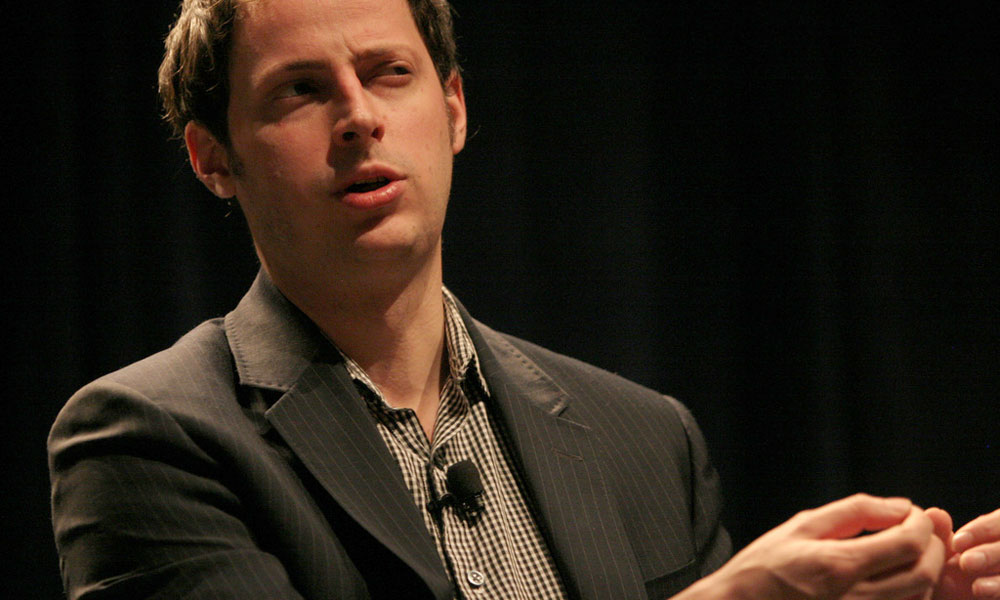
Personality as Brand: Four Lessons From Nate Silver’s Move to ESPN
Statistician and blogger Nate Silver is leaving The New York Times for ESPN. Does his rise show how a strong individual voice can overshadow a larger brand?
When you can correctly predict the results of a presidential election using statistical models, you can write your own ticket.
That’s the apparent lesson from this week’s news that Nate Silver, who rode his successful FiveThirtyEight blog from obscurity to The New York Times, would be moving to ESPN, with the sports network’s website building up the blog (and Silver’s role) separately from its own brand.
Associations can learn a thing or two from this—about both nurturing important voices and making sure they don’t overshadow your brand.
Suddenly, the brand name and organization look like they could be overshadowed by one really great voice that draws a big following.
1. People AS Brands
Silver is hardly the first personality-driven media brand online. Prior examples include Andrew Sullivan, who drew massive web traffic to The Atlantic and The Daily Beast before going solo; Ezra Klein, whose Wonkblog has proven hugely popular for The Washington Post; and ESPN’s own Bill Simmons, whose Grantland is likely to be a model for the revamped FiveThirtyEight. Still, Silver may be the most famous example of the model. And that’s saying a lot, because those guys are pretty famous.
Even smaller scale, though, this could be something worth trying. Associations, for example, could work more closely with widely respected industry voices, raising both the blogger’s platform and the industry’s in one fell swoop. There can be a downside to this, especially if the voice doesn’t stick with the platform 100 percent of the time, but it can give your association’s interests a well-known face.
2. Culture Can Deter
Silver certainly was under a full-court press to stay with The Times, according to a report by Politico. But the problem for Silver might have been something pretty basic: He was never a fit with The Times’ culture, having come from the more easygoing worlds of blogging and sports statistics. This was underscored by a comment from Times Public Editor Margaret Sullivan, who said that when she wrote about Silver in a positive light, a number of Times political reporters emailed her with criticism of his work, which they did not see as a positive reflection on the news organization.
Silver, meanwhile, suggested that his relaxed demeanor rarely came through in his Times-edited writing. “It’s hard to be informal at The New York Times,” he told Washington Post media blogger Erik Wemple, making specific note of the paper’s famous use of titles such as “Mr.” and “Ms.” in articles. “It’s hard to be cheeky and sarcastic.”
This is definitely a danger that could face associations, especially if they don’t make room for change agents within their own organization. The result is that, while Silver certainly had much success with the Times, nothing was keeping him there, either. If you’re not making room for your most talented employees to shine, they could look past you.
3. Use Your Leverage
So, why did Silver go with ESPN instead of staying with The New York Times? Simply, ESPN had more to leverage. The Times could offer a voice trusted like none other in the media, but Silver had been limited to talking mostly about politics despite his background in sports. ESPN, on the other hand, has massive reach through parent company Disney’s numerous brands, including ABC News, meaning that Silver won’t be nearly as limited topic-wise. And being in every cable-equipped household in the country means the sports network also can give Silver room to expand his cultural impact.
Likewise, associations can use their platforms—everything from their publications to their meetings and awards—to offer the most interesting voices the biggest platform possible. ESPN could give Silver the organizational backing to basically follow his muse wherever it may lead. You can offer your members something similar.
4. An Organization Overshadowed?
Here’s the downside of all this: Suddenly, the brand name and organization look like they could be overshadowed by one really great voice that draws a big following.
As GigaOm writer Mathew Ingram points out, this can put brands at a disadvantage. During last year’s election season, Silver was responsible for as much as 20 percent of Times web traffic—which is shocking, considering the newspaper’s vast size and resources. That can certainly knock the wind out of any organization’s sails.
Associations aren’t exactly like media outlets, but this is definitely a good lesson about balancing the needs of one over the needs of all—a lesson that Associations Now‘s Mark Athitakis touched upon in a blog post in May. While there is certainly value in having a leading voice, losing it could put the organization at risk.
How can you nurture your own Nate Silvers? Let us know your thoughts on the matter below.
(photo by nikolai36/Flickr)






Comments